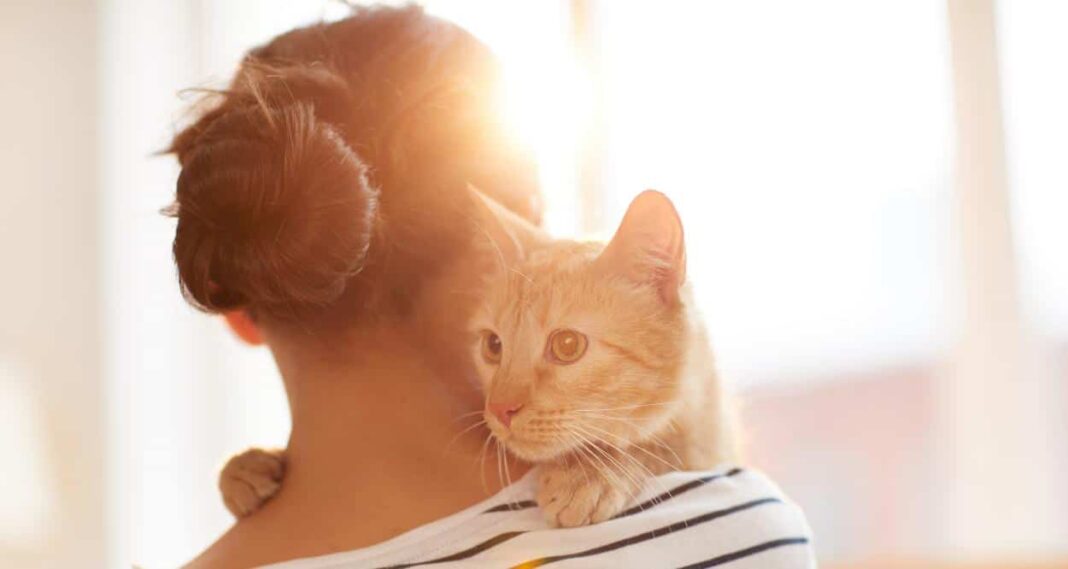Humans share an incredible 98.8% of the same DNA that chimpanzees have. In addition, we share almost the same sets of genes as mice and 80% of the same DNA in cows.
We can safely say that humans share a large percentage of our DNA with many different animals. From this we can assume that the percentage at which we resemble cats is also high, right? To the delight of cat lovers, humans and pet animals, we share about 90% of their DNA!
Cats share a surprising amount of DNA with us
Pets are thought to be closest to humans in terms of DNA other than chimpanzees. However, we obviously don’t have much in common with cats about the way we live our lives. They are carnivores, while we are omnivores and in these needs we are more like dogs. On the other hand, they don’t use the bathroom the way we do, they don’t watch TV, they don’t go to work (which we envy, even though they work for their food in nature). Typical of all animals, we would say that they are more primitive than us. However, why do we share so much DNA?
Our shared DNA is just a marker of genetic makeup and defects. This does not make us act in the same ways or have the same way of life, which should be obvious if we look at differences only in humans.
How shared DNA can benefit humans and cats
Sharing so much DNA with these purring friends means we can learn more about each species and how we deal with stress, disease, childbirth, and anything that interests us. This would help us better understand why purring friends develop certain problems and how we can help them.
Conversely, we can probably learn more about how diseases develop by focusing on how they occur in cats. Unfortunately, there is no known human research that can help humans and cats learn from each other based on their similarities or at least not at this stage.
Therefore, we can be glad that we have so many similarities, but at the moment we cannot use them for anything that is of great benefit to us and our lives.
It is important to note that research should never be done that could harm a human or cat (physically or mentally) in the name of science. There are many ways to study both types when it comes to learning more about our shared DNA and how it affects our lives. A number of organizations and countries are fighting (and successfully) against these research methods.
In conclusion, we can say that cats and humans can share a large amount of DNA, but we are very different species.
Just because we share so much DNA doesn’t mean we should live more like cats or that cats should live longer than we do. It’s just that our bodies and molecules are made up of many of the same types of information.











